This is the third and final installment of our series focusing on experiences along the New Golden Route of Japan that are easily accessible with Hokuriku Arch Pass. The pass costs 24,500 yen per adult when purchased outside of Japan and allows unlimited travel for seven consecutive days on Hokuriku Shinkansen and all the other JR trains operating along the trajectory, starting from Tokyo and covering major stops in Nagano, Toyama, Kanazawa, Fukui, Kyoto, before ending in Osaka.
We started the journey in the capital of Tokyo and now slowly make our way down to the second-largest city in Japan — Osaka.
As the train leaves Kanazawa and starts making its way down south along the Sea of Japan, there are four more prefectures to discover before our final stop in Osaka. Osaka and Kyoto need no introduction, whereas the Shiga and Fukui prefectures still qualify as hidden gems with some of the best craftsmanship that Japan has to offer.
This is part 3 of a 3 part series of articles about the New Golden Route, a part of Japan conveniently accessed by the Hokuriku Arch Pass. To read the other 2 articles in the series, follow these links:
Learn About Traditional Japanese Paper Making in Echizen Washi Village in Fukui Prefecture
You may have already heard of washi, the traditional Japanese paper, as unique and exquisite to qualify as an art form on its own. Washi is made by hand and is the basis of some of the most well-known traditional crafts of Japan including origami and ukiyo-e.
Echizen Washi Village in Echizen City, located in Fukui prefecture, is responsible for some of the finest quality washi produced in Japan, with a history dating more than 1,500 years ago. Echizen’s devotion to papermaking is so strong that one of the most loved local gods is a paper goddess, who – according to the legend – taught the town’s people how to make paper using the local plants as a means to develop industry.
The paper production in Echizen City is still a very active industry and continues all year long. Today, there are dozens papermaking factories in Echizen City, which use both handmade and industrial manufacturing techniques.
There are also two museums in Echizen City devoted to papermaking. Paper & Culture Museum is a great place to learn more about the history of Echizen Washi and view many different forms of paper.
The nearby Udatsu & Paper Museum is another rewarding alternative occupying a re-constructed house of a papermaker from the mid-Edo period. The museum aims for a more interactive experience and offers paper-making workshops where the participants get the opportunity to make their own washi under the guidance of local paper artisans.
| Access and visiting info: Take the Shirasagi or the Thunderbird from Kanazawa (can be accessed with direct Hokuriku Shinkansen from Tokyo) to Takefu Station (60 min.). Change to Ikeda Line or Nanetsu Line for Washinosato (30 min.). The town is two min. walking distance from the station. Visit the Echizen Washi Village website for more information on ticketing and visiting hours. |
Aisho-Town in Shiga Prefecture: A Town with Textile Products Worthy of the Samurai
Another town rich with traditional Japanese craftsmanship is located in the Shiga prefecture tucked between Fukui and Kyoto prefectures.
Aisho-town located on the eastern side of Shiga prefecture has a long history of the textile manufacturing industry based on hemp and ramie started in the 15th century. The textile products manufactured in Aisho-town were gifted to Shoguns and samurai as a token of appreciation — attesting to the quality of manufacturing techniques used in Aisho-town.
The town’s proximity to the largest lake in Japan, Lake Biwa, has given manufacturers access to its high-quality water. The textile produced in Aisho-town is known as Omi-Jofu and is made using handwoven ramie threads.
The city’s textile industry flourished during the Edo Period with the support of the ruling clan of the area. After the Meiji era’s industrial period, the manufacturing techniques changed and lead to facilities closing down.
Omi-Jofu Traditional Crafts Center today serves to pass the town’s unique textile manufacturing techniques on to new generations and introduce this unique culture to the visitors. The visitors can participate in workshops to experience weaving Omi Jofu. The center is located in a renovated 100 years old building that is as attractive as the experience itself.
| Access and visiting info: Take the Shirasagi Limited Express Maibara express from Kanazawa Station (1h 57 min.). Change to Omi Tetsudo Line for Echigawa Station (36 min.). The crafts center is 9 min. walking distance from the station. The center is open every day except on Mondays from 10 am to 5 pm. For further information and workshops: Omi-Jofu Traditional Crafts Center. |
Indulge in Fresh Seafood in Kyoto’s Seafood Market, One of the Largest on the Sea of Japan side: Maizuru Port Tore Tore Center
Kyoto prefecture, home to the old capital of Japan – Kyoto city, needs no introduction. While the exquisite city deserves all the recognition and the hype around it, the prefecture is home to many other sites and experiences that will enrich your trip.
One of those experiences is Maizuru Port Tore Tore Center located two hours outside of Kyoto city. Maizuru Port is one of the major ports in Japan in terms of fish trading. As a result, it is also one of the largest seafood markets on the Sea of Japan side. In an island country where fish is treated as one of the favorite foods and with a very active fish industry, this sure means something. Some fishmongers also have their shops in Maizuru Port Tore Tore Center.
In addition to the many of fish stalls, the center hosts many gift shops (selling processed sea food and local sake among others) and restaurants where the best catch of the day can be enjoyed.
| Access and visiting info: Take the JR San’in or Maizuru Line limited express train from Kyoto Station to Nishi Maizuru Station, which is the nearest station to Maizuru Port Tore Tore Center (1h 40min.). Catch a bus or a taxi from Nishi Maizuru to Maizuru Port Tore Tore Center. *Please note that Nishi Maizuru is not covered by the Hokuriku Arch Pass. Open every day except for Wednesdays from 9 am to 6 pm. For more information about the selection of shops and restaurants at the Maizuru Port Tore Tore Center Website. |
Enjoy Osaka From High Above
Our journey through along the New Golden Route of Japan started at the TOKYO SKYTREE® tower’s mesmerizing views over the capital, rural towns with craftsmanship, rich cultural experiences, and culinary delights. Why not end it with the panoramic views of the second busiest and much-loved city of Japan – Osaka?
Umeda Sky Building/Kuchu Teien Observatory is a great place for city views of Osaka during the day and the nearby Mount Rokko. The night-time scenery is also equally rewarding when the dazzling lights serve as a testament to the rich nightlife culture of Osaka. The scenery can best be enjoyed from the Sky Walk on the top floor offering a 360-degree panoramic experience.
The tower also hosts many shops and restaurants along with a movie theater. It is a great place to spend an afternoon before the sunset and night scenery takes hold over Osaka.
| Access and visiting info: Take the JR Kyoto Line from Kyoto Station to Osaka Station (30-40 min. depending on the hour). The observatory is 9 min. walking distance from the station. Open every day from 9:30 am to 10:30 pm (last admission at 10 pm). Admission is 1,500 yen for adults and 700 yen for children aged 4-12. For further information, visit the Umeda Sky Building/Kuchu Teien Observatory Website. |
 Umeda Sky Building
Umeda Sky Building
ESTABLISHMENT POINT_OF_INTEREST TOURIST_ATTRACTION- 1-chōme-1-88 Ōyodonaka, Kita Ward, Osaka, 531-6023, Japan
- ★★★★☆
How to Get to Fukui, Shiga, Kyoto, and Osaka Along the Hokuriku Arch Pass Route
These sites can be accessed with a combination of JR limited express and local trains covered under the Hokuriku Arch Pass.
Hokuriku Arch Pass follows the route less traveled and introduces the visitors to the side of Japan that is highly cherished by locals but still waiting to reward its international visitors.
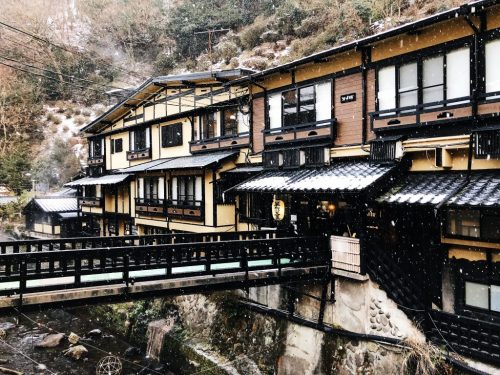
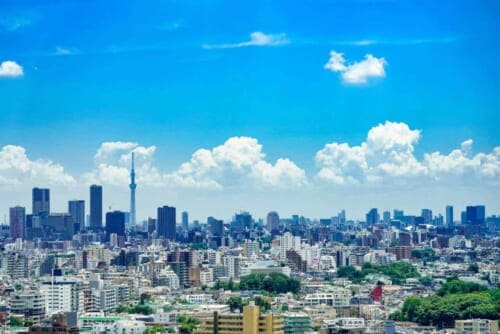
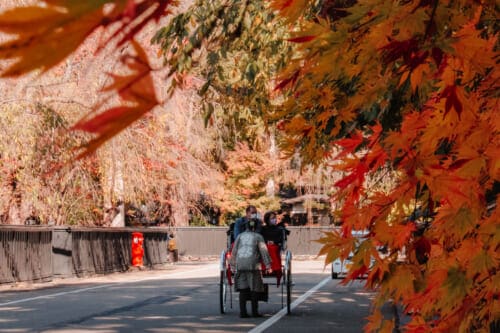
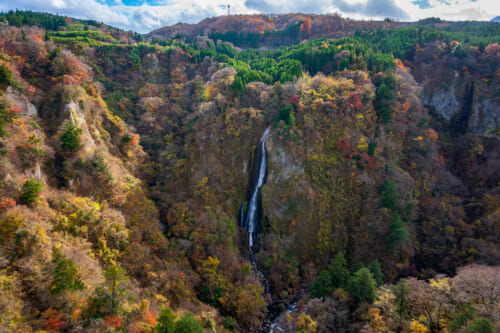
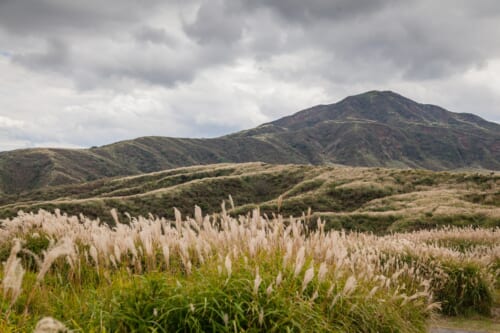
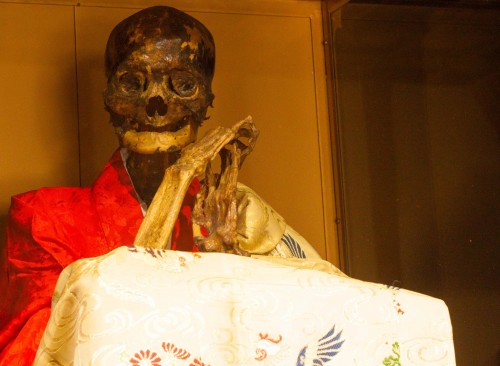
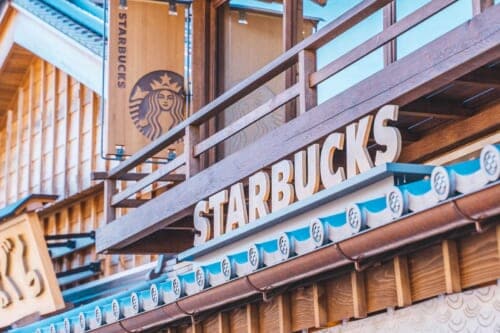


No Comments yet!